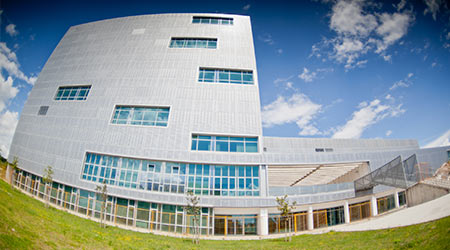
By now, it’s known that a green cleaning program, along with a proactive facility maintenance program, improves the health of building occupants and janitorial staff. It also reduces liability from worker’s compensation claims and boosts the productivity of building occupants. Plus, switching to green products and procedures is good for the planet.
“Something I have learned in my work is that people agree on one thing. They care about the health of the people around them and the environment they live in,” says industry consultant Roger McFadden of McFadden and Associates, Canby, Oregon.
It makes sense, then, that facility executives of commercial buildings would be excited about using building service contractors that offer eco-friendly products and programs. To find out for sure, Contracting Profits surveyed facility executives in commercial offices to find out how much green truly matters and what aspects of an environmentally friendly cleaning program are most important.
According to the survey, 86 percent of facility executives expect the cleaning contractors they hire to practice green cleaning whenever possible.
“It has become clear that the general attitude among that community is that green cleaning is low hanging fruit — it’s easy to do the right thing,” says Stephen Ashkin, president of The Ashkin Group, Los Angeles. “Green products are widely available, so why shouldn’t they do it?”
When it comes to building a green cleaning program, there are myriad routes BSCs can take. Nearly every product category has an environmentally friendly option available.
“Green cleaning isn’t a new concept any more, but many still do not know how to implement a total system that is effective and efficient,” says Heidi Wilcox, president of WILCOX EVS Solutions in Haverhill, Massachusetts. “What is needed is more focus on this part of the problem now that people understand why they should use the products.”
According to the survey, facility executives are less concerned about a specific focus on chemicals, equipment or restroom products. What matters most to them is the big picture: reducing energy and water usage, and improving indoor air quality (IAQ).
Three-quarters of respondents deemed it important or very important to have their contractors use products or procedures that reduce energy. Switching to battery-powered equipment is an easy way for BSCs to help save energy. A more complex, but effective, approach would be converting to day cleaning operations so facility executives can turn off lights and adjust temperatures for an empty building.
Three-quarters of respondents also said it was important or very important to conserve water when cleaning. Solutions that BSCs can offer include using microfiber mops and cloths, which help cut down on the amount of water required to clean. In addition, BSCs can increase vacuuming and interim encapsulation cleaning for carpets. This reduces the need for carpet extraction, which is a deep cleaning, yet water-heavy procedure.
Even more important to facility managers than energy and water was a focus on using products and procedures that improve IAQ — 84 percent of survey respondents said this was important or very important to them. This is not surprising, as a large and growing body of evidence links frequent use of many ordinary cleaning supplies with the development of asthma and other respiratory problems. It is already known that cleaning product fumes may trigger attacks in persons previously diagnosed with asthma. Green chemicals emit lower levels of volatile organic compounds (VOCs) than traditional products, helping to improve IAQ. In addition, BSCs can make sure vacuums use HEPA filters to limit dust being blown back into the air.
Perhaps more attention is given to a broader thinking of green over specific products because facility executives are still confused by what it means for a product to be green. For example, one facility executive who completed the survey, but wished his comments to remain anonymous asked, “What is green cleaning equipment? Is it solar powered? The term ‘green’ needs to be defined.”
BSC Clients Struggle With Green Cleaning Verification

 The Down and Dirty on Cleaning in Virus Season
The Down and Dirty on Cleaning in Virus Season How Surfactant Use is Expanding in Commercial Cleaning
How Surfactant Use is Expanding in Commercial Cleaning Maximize Your Margins: Learn How to Automate Pricing and Track Rebates
Maximize Your Margins: Learn How to Automate Pricing and Track Rebates